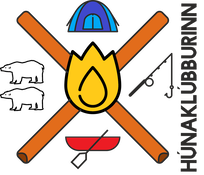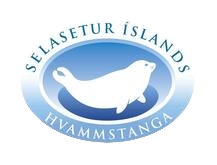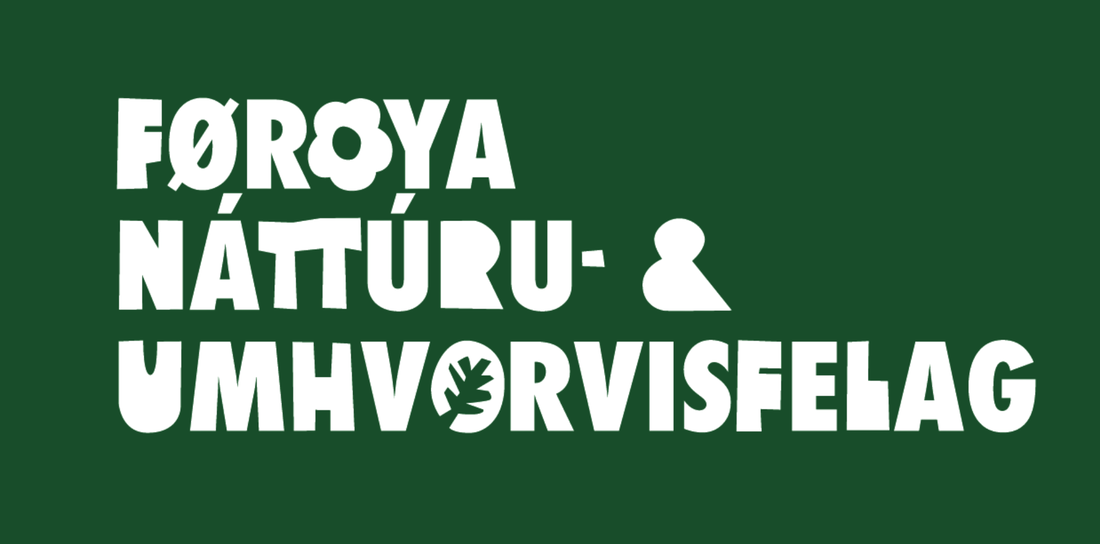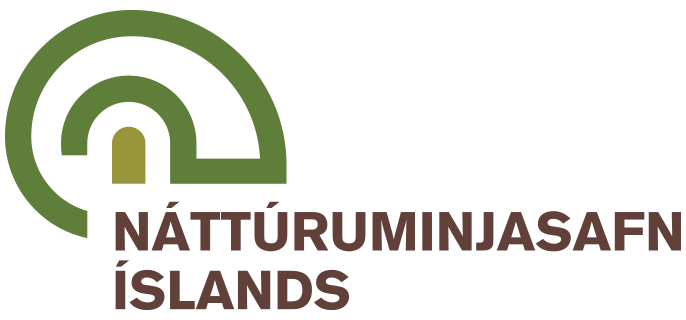|
We went out again on the 18th of July to see what kind of wildlife we could find in the Hvammstangi harbor. In Spring, the only crabs we found were spider crabs (Hyas araneus), but now in July the only species that seems to be around is the invasive Atlantic rock crab (Cancer irroratus). We found 5 yesterday, all of which were mature males. This pattern is consistent with previous years, and is probably due to these animals' life cycle: great spider crab mating occurs from February to April, while Atlantic rock crabs mate from August to September. It would be fascinating to study the transition in abundance of these two species in the shallow waters of Iceland, which occurs sometime between May and June. It is also interesting to note that all the individuals we found were males, which shows that females prefer deeper waters. All results from this year's harbor monitoring can be found on the free YAN app (see here for more information). References: Haefner, P.A. 1976. Distribution, reproduction and moulting of the rock crab, Cancer irroratus Say, 1917, in the mid-Atlantic Bight. J. Nat. Hist. 10: 377-397. https://doi.org/10.1080/00222937600770291 Harzsch, S., Miller, J., Benton, J., Dawirs, R. R., & Beltz, B. (1998). Neurogenesis in the thoracic neuromeres of two crustaceans with different types of metamorphic development. Journal of Experimental Biology, 201(17), 2465–2479. https://doi.org/10.1242/JEB.201.17.2465 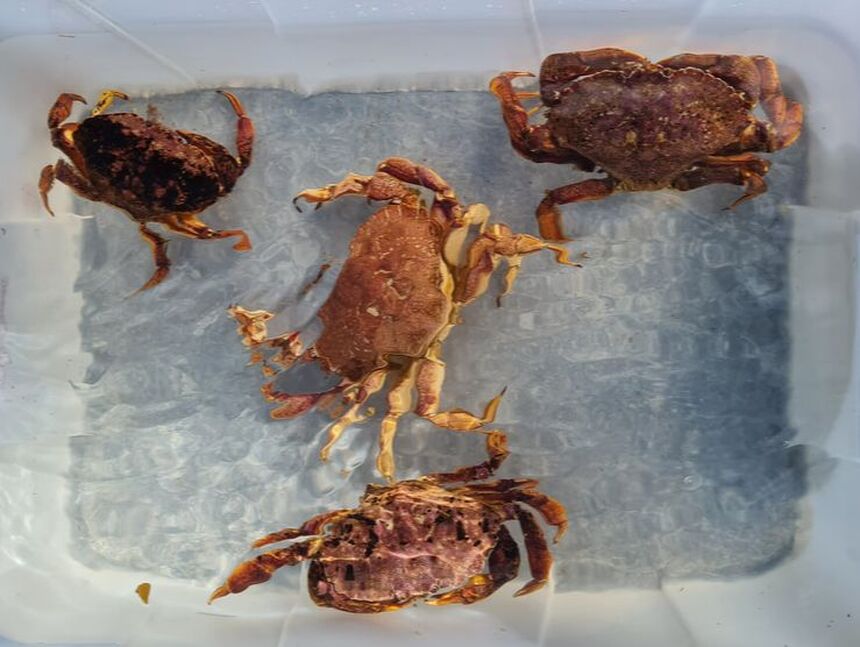 Mature male Atlantic rock crabs. Males grow up to 15cm while females only grow up to 10cm, and males have a triangle-shaped abdomen while it is more rounded in females.
0 Comments
Vikan 17. apríl var fyrsta vöktunarvika krabba og sjávar með skólanum á Hvammstanga. Á þremur dögum tóku allir nemendur 5.-10. bekkjar skólans, auk Frístundar (1.-4. bekkur), þátt í þessu staðbundnu náms- og eftirlitsverkefni. Krabbagildrur voru settar upp á ýmsum stöðum í höfninni og síðan athugað með hópunum til að skrá hvað veiddist. Skráð voru veðurgögn, tegundir, fjöldi einstaklinga, tegundir, stærðir og þyngd dýranna. Algengasta tegundin sem fannst var Trjónukrabbi (Hyas araneus) var og allir einstaklingar sem fundust voru karlkyns. Einn karlkyns Litli trjónukrabbi - Hyas coarctatus) var fundust auk einnar Krossfiskur (Asterias rubens) og tveir Marhnútar (Myoxocephalus scorpius). Í krabbagildrunum fundust einnig algengar tegundir af Marfló og Polychaete ormar. Loks var grjóti þakið Sjávarsvampum (líklega tegundin Halichondria panicea) safnað við fjöru til að sýna æskuna úr Frístund. Öllum dýrunum voru sleppt á öruggan hátt.
Upplýsingarnar sem unglingar safnað voru færðar inn í Youth for Arctic Nature appið og eru aðgengilegar þar fyrir alla sem hafa áhuga. The week of the 17th of April was the first crab and sealife monitoring week with the school in Hvammstangi. Over three days, all the students of grades 5-10 of the school, as well as Frístund (grades 1-4), participated in this place-based learning and monitoring project. Crab traps were set in various parts of the harbor, then checked with the groups to record what was caught. Weather data, species, number of individuals, species, sizes and weights of the animals were recorded. The most common species found was the Common spider crab (Hyas araneus) was the most common species found, and all individuals found were male. One male Arctic lyre crab (Hyas coarctatus) as well as one Common starfish (Asterias rubens) and two Shorthorn sculpins (Myoxocephalus scorpius). Different species of Amphipods and some Polychaete worms were also commonly found in the crab traps. Finally, a rock covered in Sea sponges (probably the species Halichondria panicea) was collected at low tide to show the youth from Frístund. All the animals were safely released. The information collected by youth was entered into the Youth for Arctic Nature app, and is available there for anyone interested. The yearly ice fishing event with Húnaklúbburinn took place this Sunday, after a long wait in the last two weeks of cold weather for the ice to get thicker. We were lucky with a wonderful - but cold - weather, and the ice was thick and safe (32cm). One fish was caught in the nets installed earlier by local fishermen, and it was a beautiful Brown trout specimen weighing 800 grams for a length of 44 centimeters.
The first crab monitoring day of the year in Hvammstangi took place on Saturday the 4th of March. There was no catch on that day as it was still early in the season, but biologist Eric Dos Santos also took the opportunity to show youth how to use a zooplankton net, and how to look at very small organisms with a stereoscope. The stereoscope and net were generously lent to us by Náttúruminjasafn. We also looked at some birds including long-tailed ducks Clangula hyemalis, eider ducks Somateria mollissima, a red-breasted merganser Mergus serrator, and a great northern diver Gavia immer. We put the crab traps back in to check again later.
Two days later, on Monday, we checked on the traps and and were delighted to find them full with three common starfish Asterias rubens and a common spider crab Hyas araneus. On the 15th of November, we welcomed Helga Aradóttir and Ragnhildur Guðmundsdóttir from the Natural History Museum of Iceland to the Húnaklúbburinn weekly art workshop in Hvammstangi. Helga is a maker, designer, and environmental educator, and Ragnhildur is Doctor of biology who specializes in groundwater ecology and crustaceans. They organized a workshop about biodiversity on the Icelandic shore, and how it can be used to inspire art, in collaboration with Húnaklúbburinn and Youth for Arctic Nature. Ragnhildur described how Icelandic shores are inhabited by different species of plants, algae and invertebrates which live at different depths, and Helga explained how to use the shapes of these species to create textile stamps. Beautiful artworks were created, and the group will meet once more to design a communal piece which will reflect how shore species are separated into different zones, creating a rich and diverse ecosystem. This artwork will be shown in Perlan next May!
Harbor seals are one of the two seal species that breed in Iceland, and July is the season where they usually have their pups! The pups are born with adult fur and the ability to swim, unlike the pups of the other Iceland breeding seal species, grey seals. Grey seals pup later, in the fall. Their pups have white fur and are unable to swim. Here, you can find a guide on how to recognize the adults of both species and an introduction on why it is important to monitor seal numbers in Iceland.
Because harbor seals pup in July, it is also the time for the Great Seal Count, where staff and volunteers from the Icelandic Seal Center gather and count all seals in the Vatnsnes peninsula. Read about it here. It was our pleasure to join the teachers from the Hvammstangi Grunnskóli in teaching a nature workshop for four days in the end of May. All classes, from 1st to 10th graders, participated in mixed groups. Activities included photography, drawing, bird watching, educational outdoor games, a bird and plant scavenger hunt, using binoculars, and learning about feathers, plants, seeds, and whale teeth! Hoping to do the same thing next year.
|
Archives
March 2024
Categories
All
|
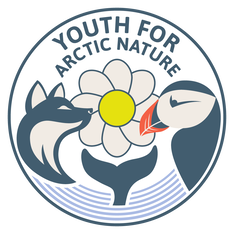
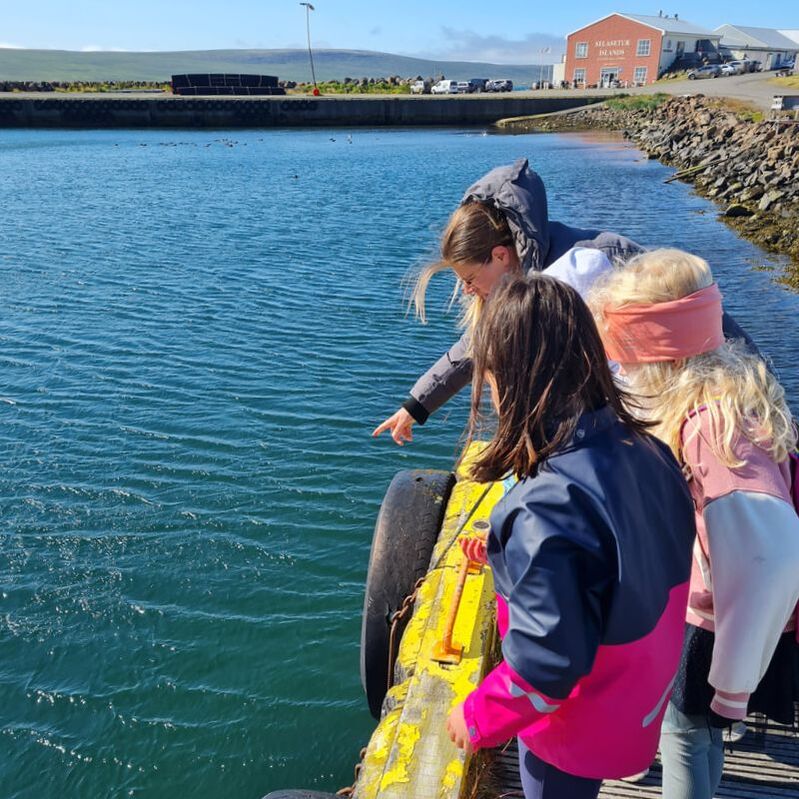
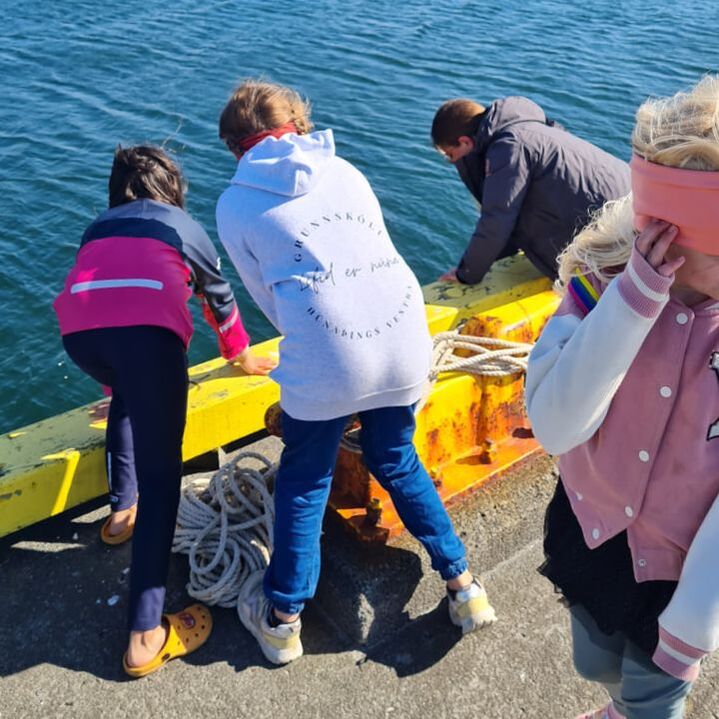
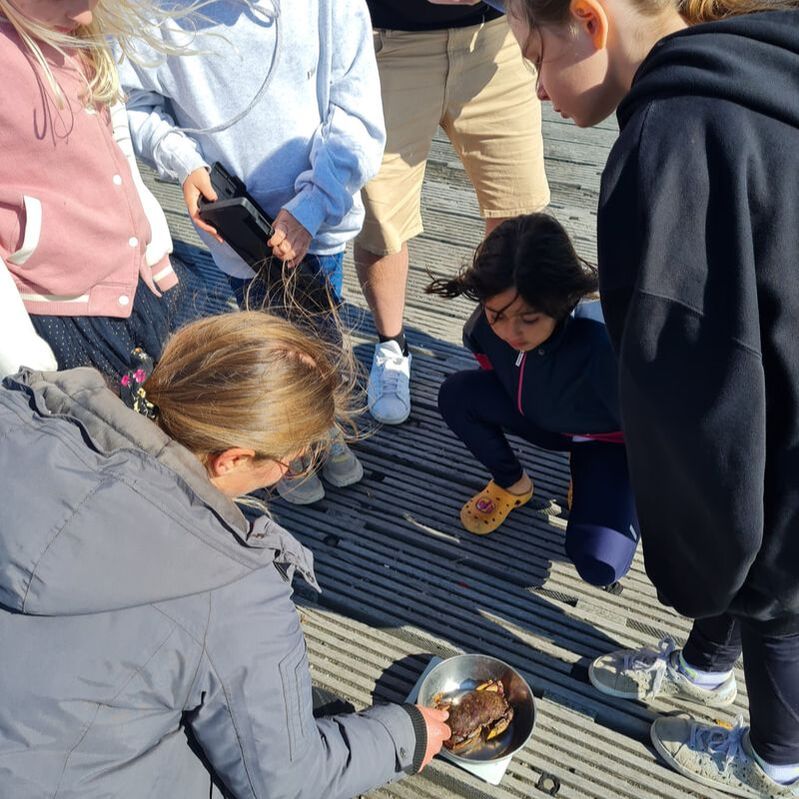
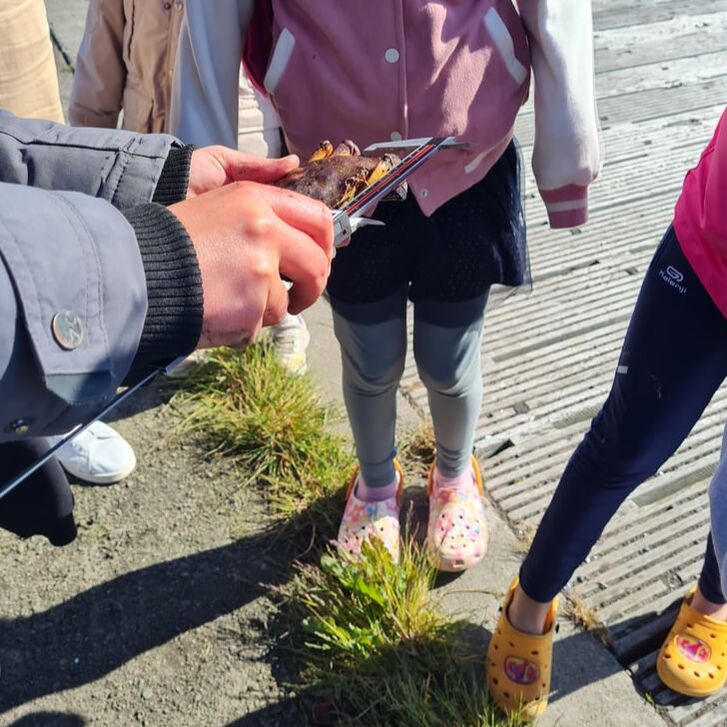
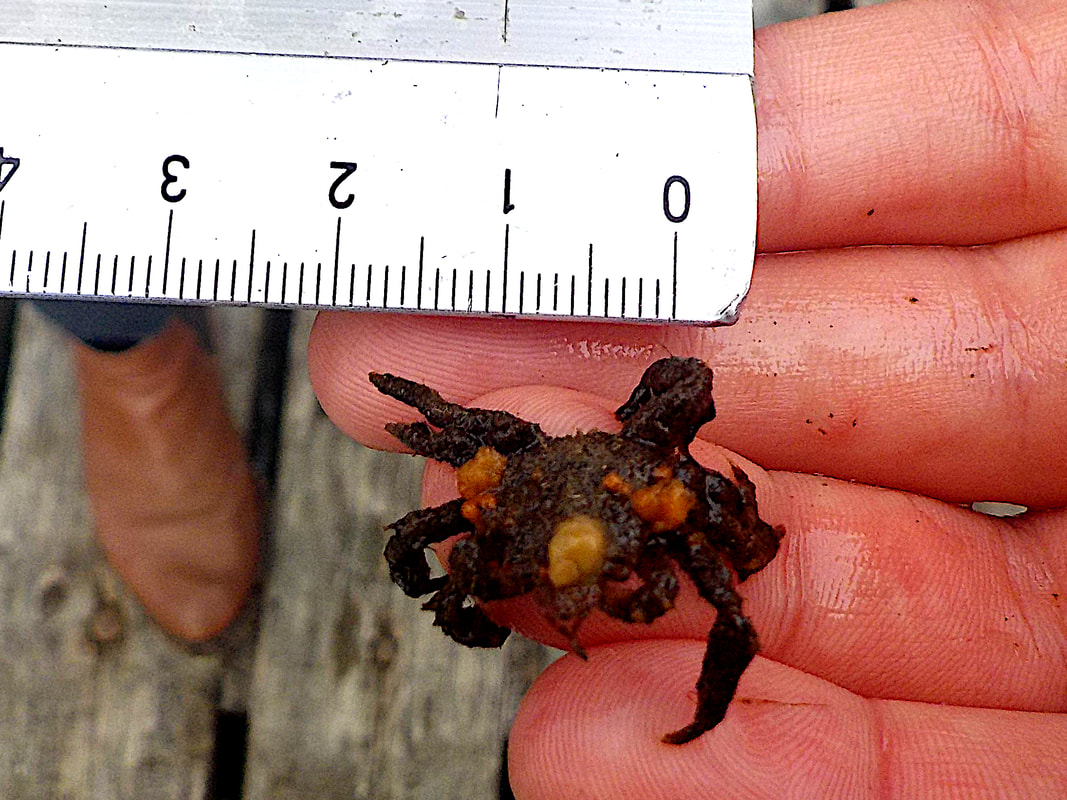
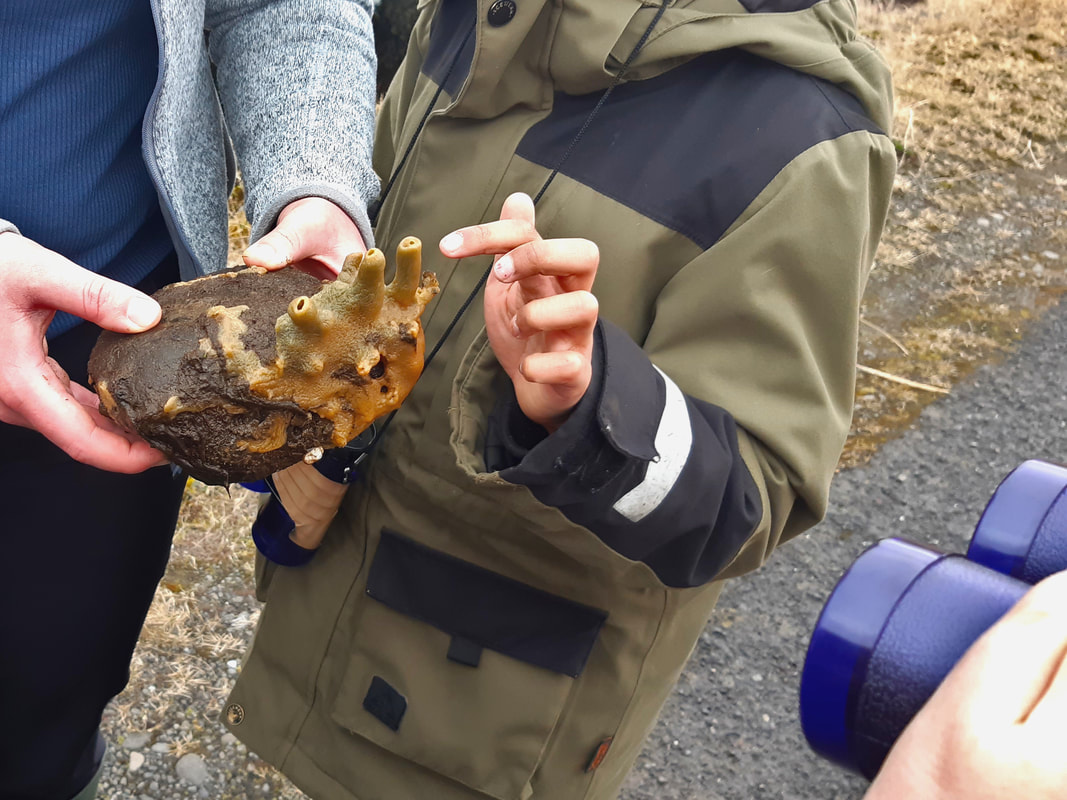
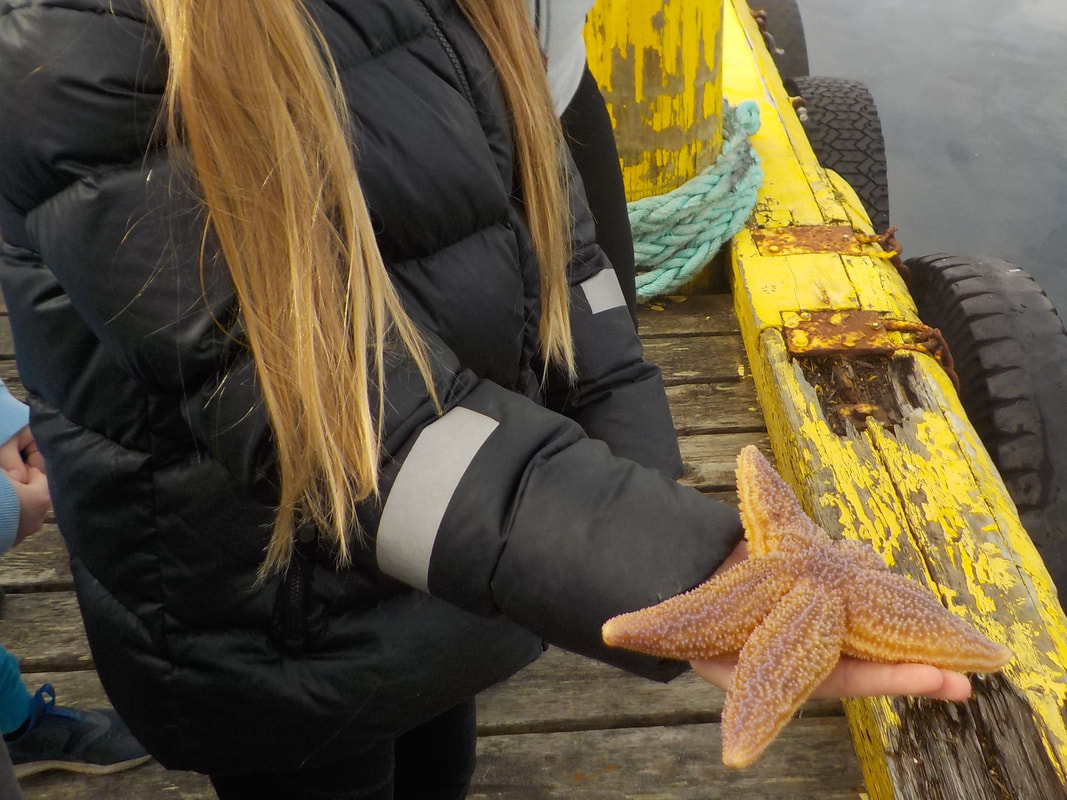
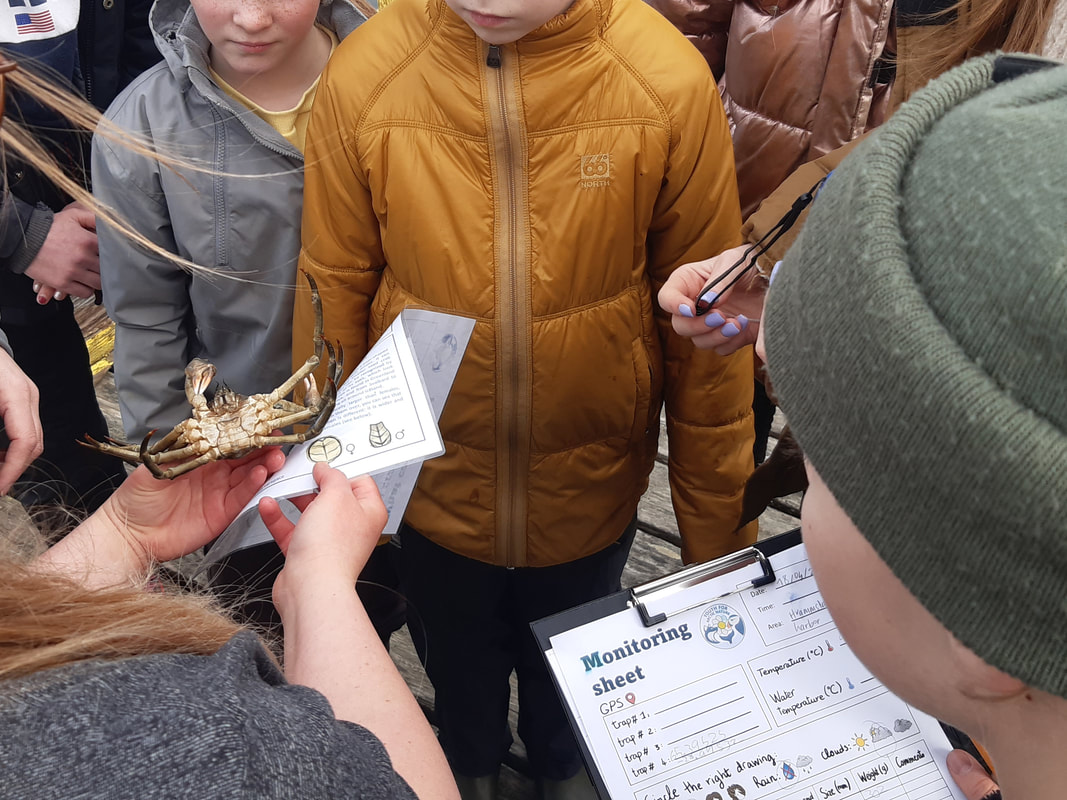
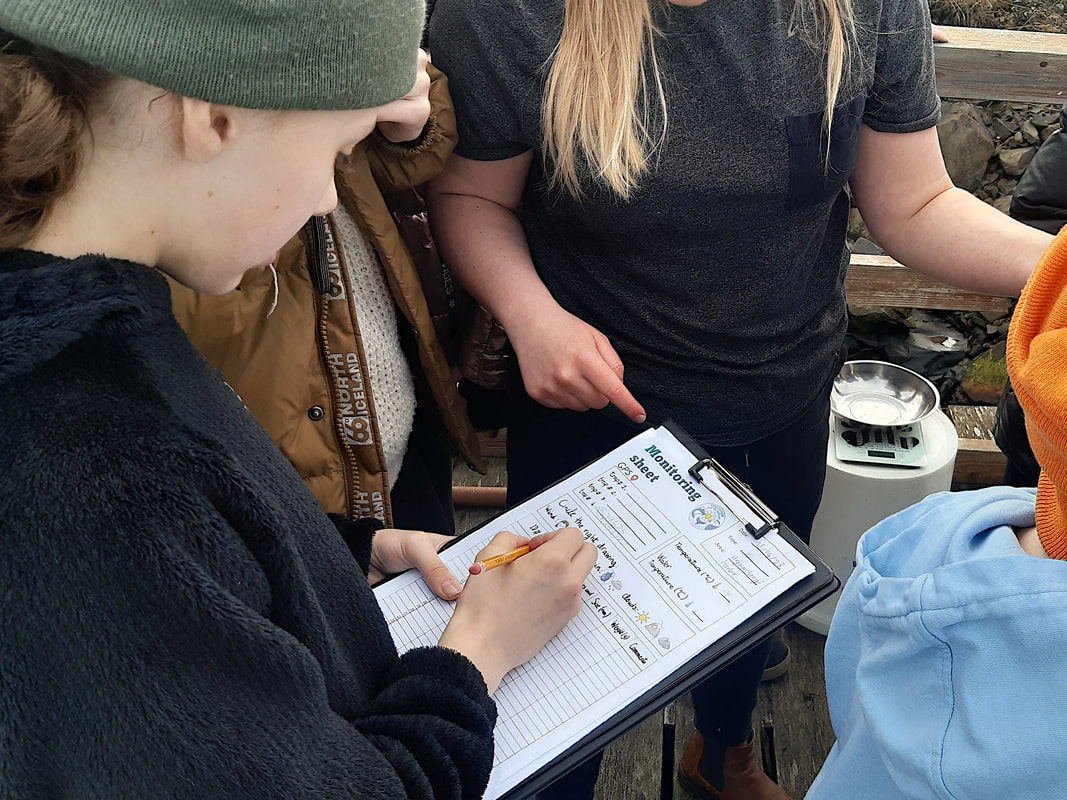
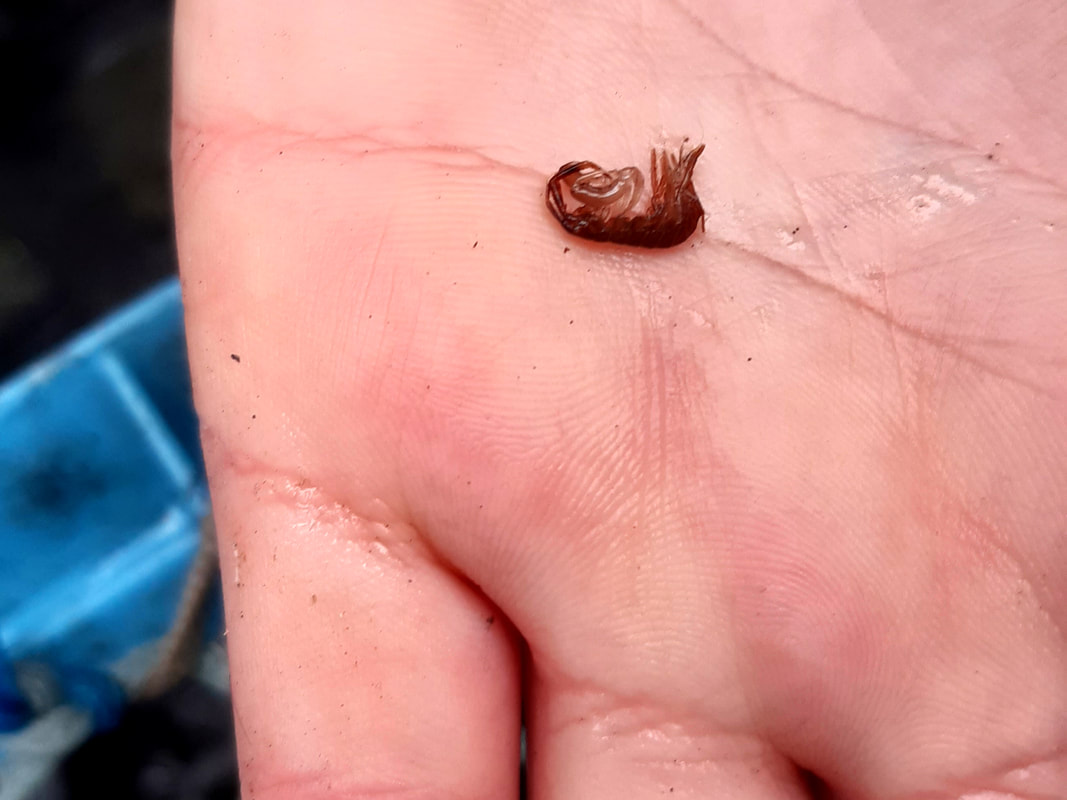
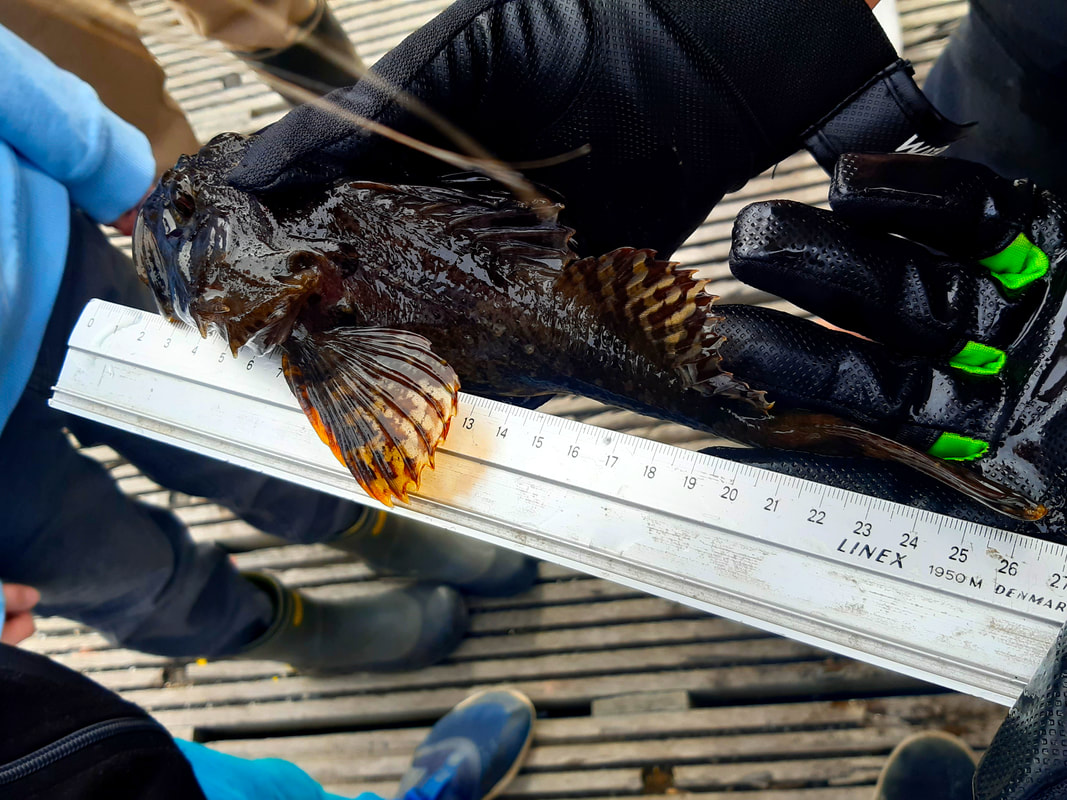
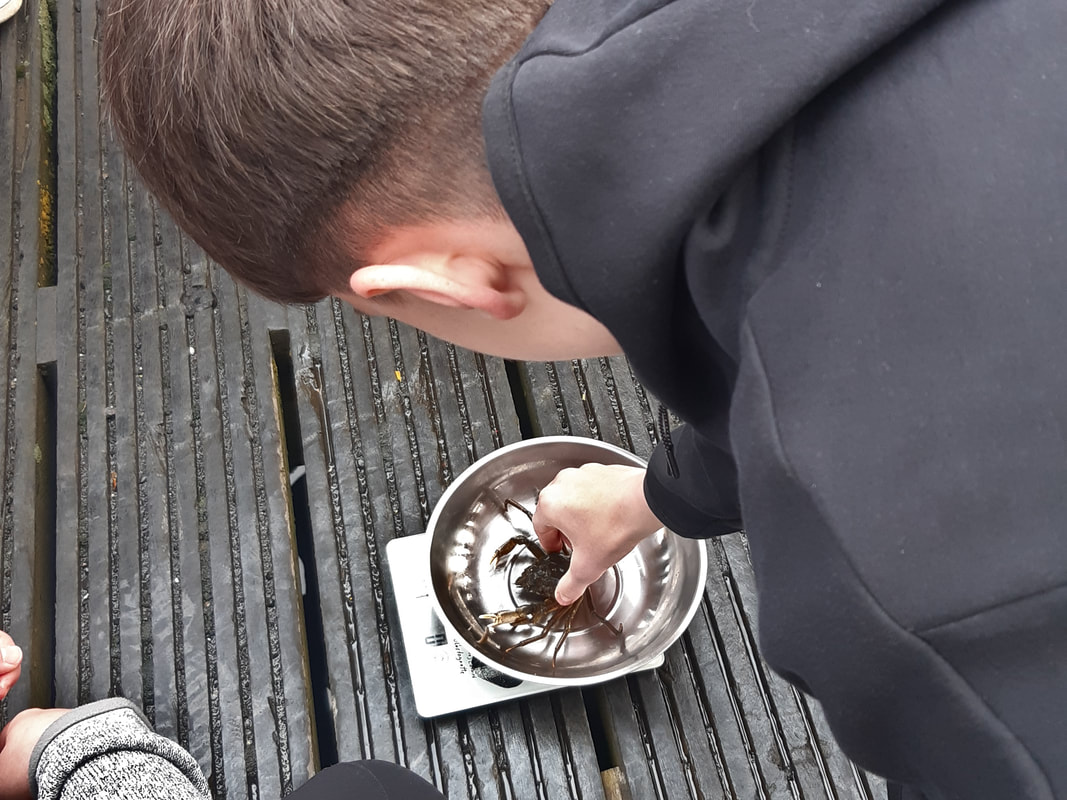
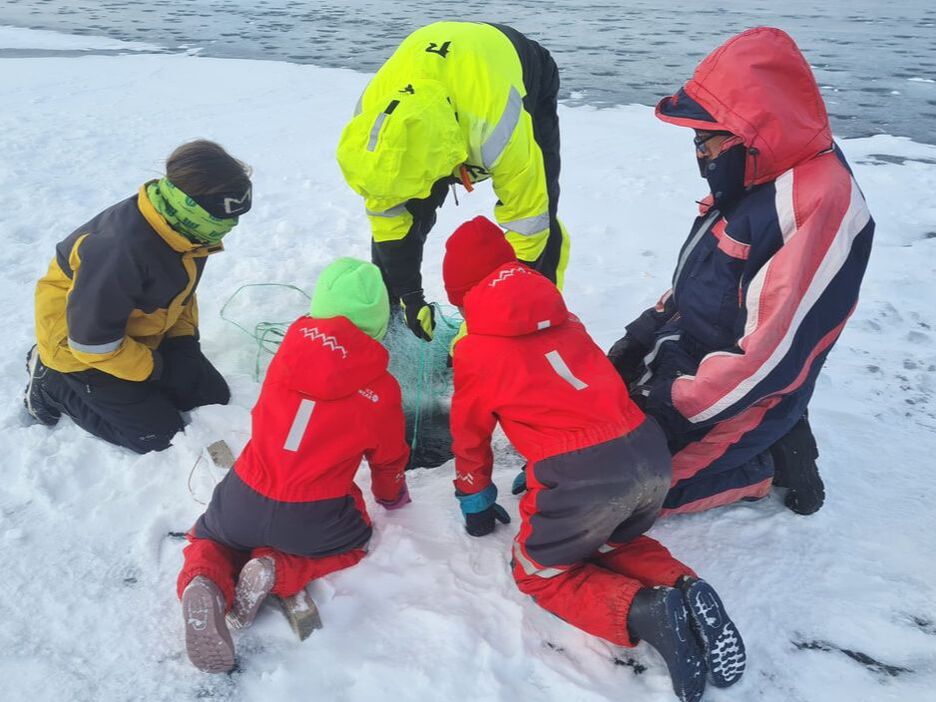
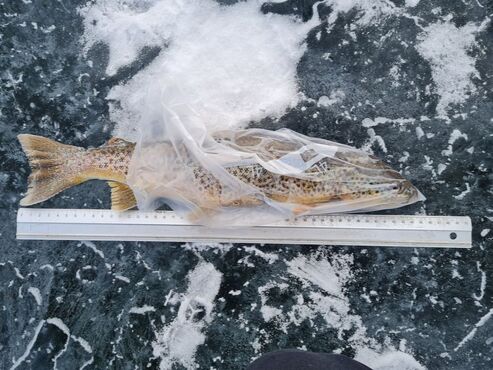
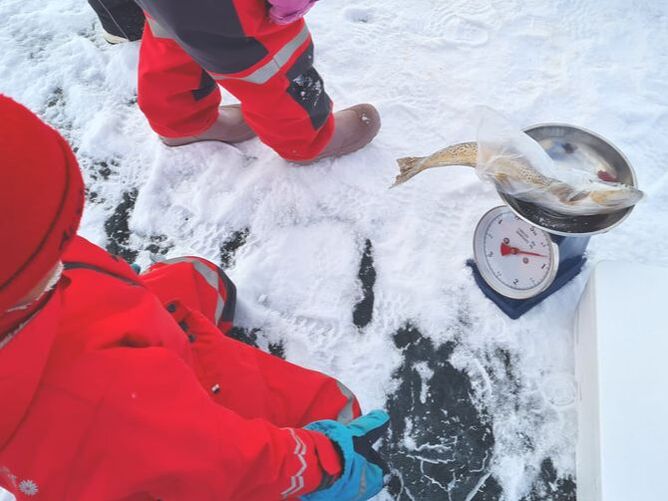
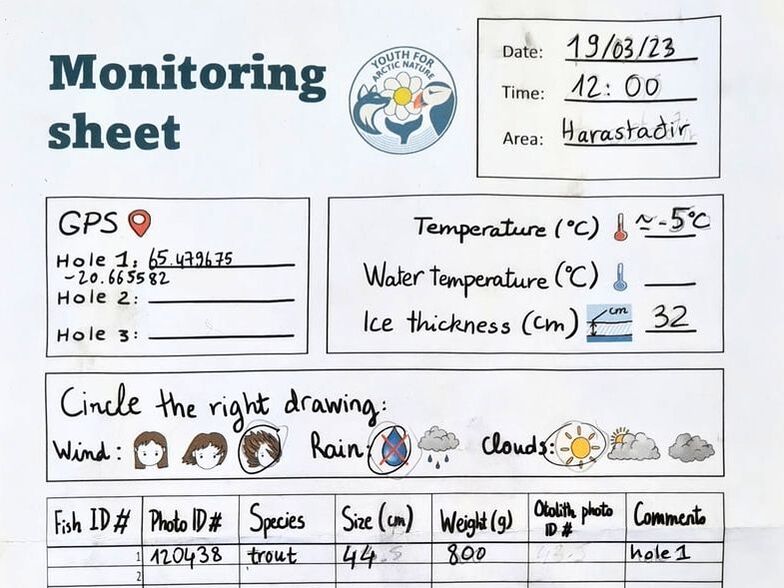
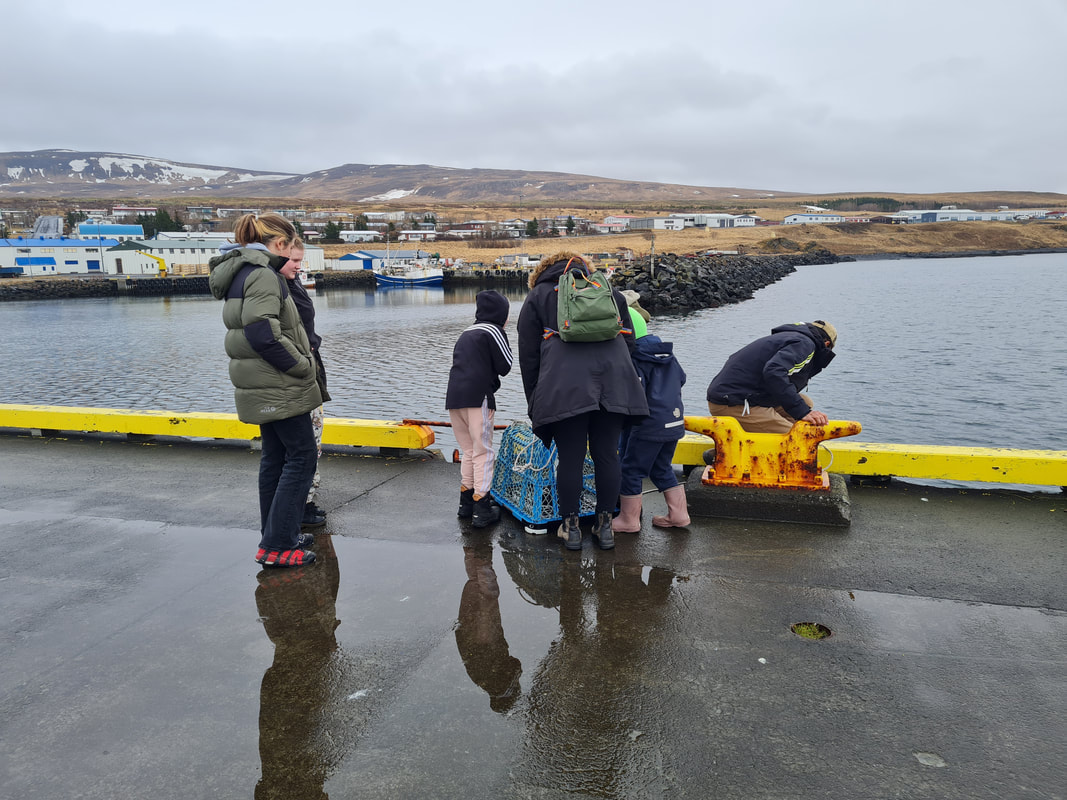
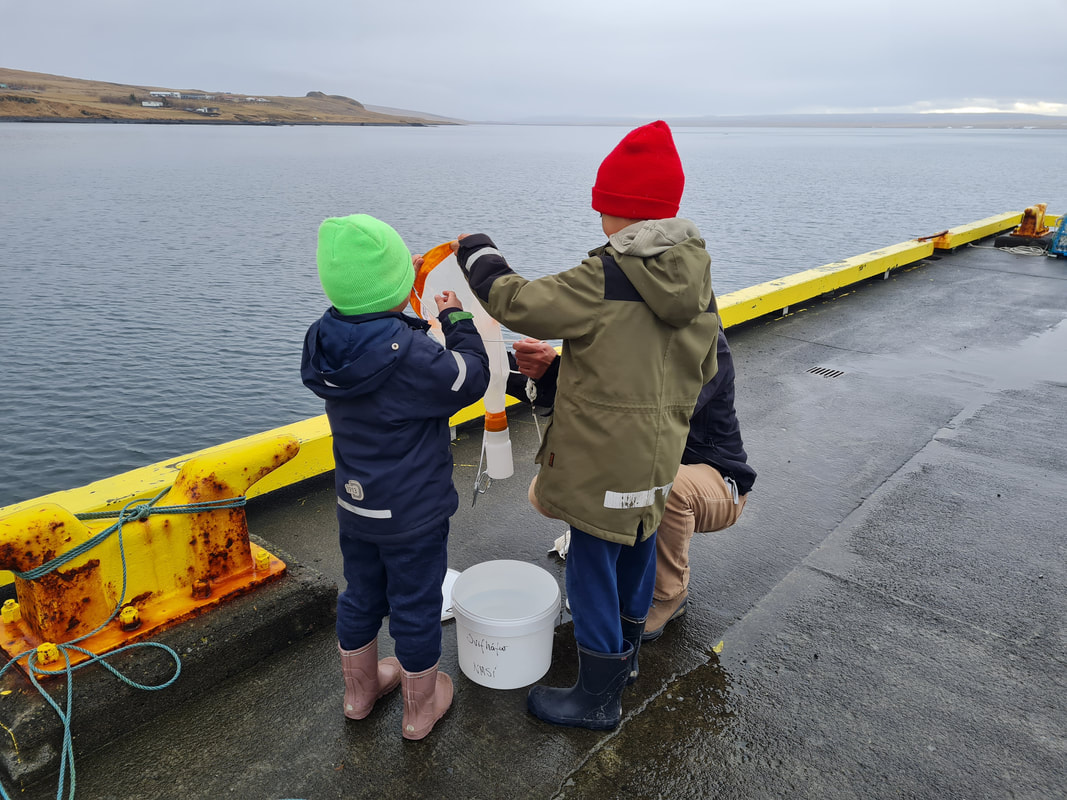
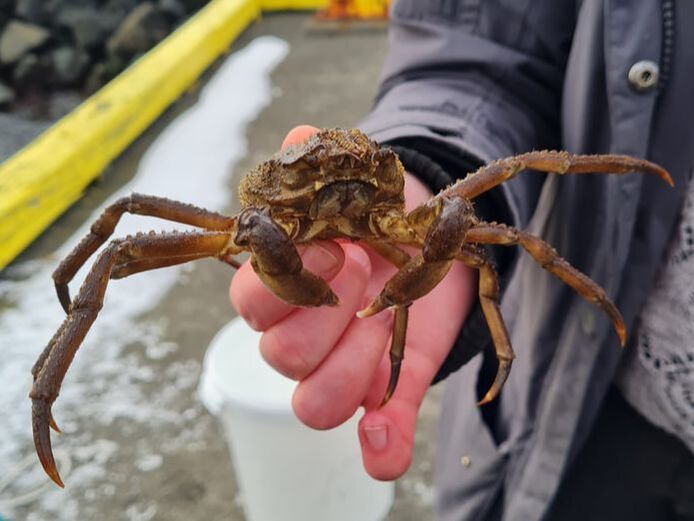
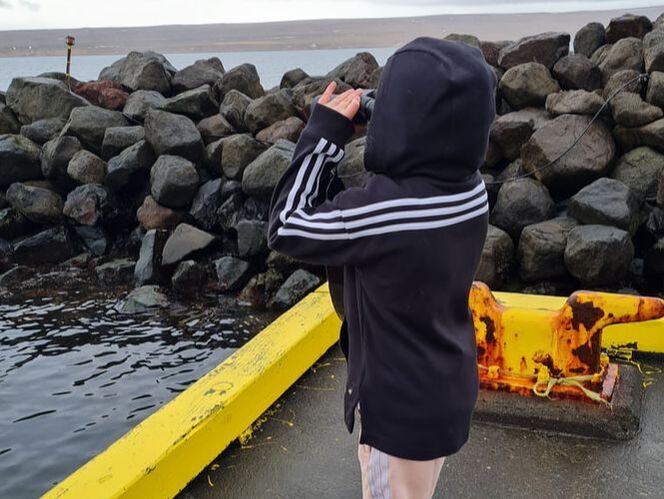
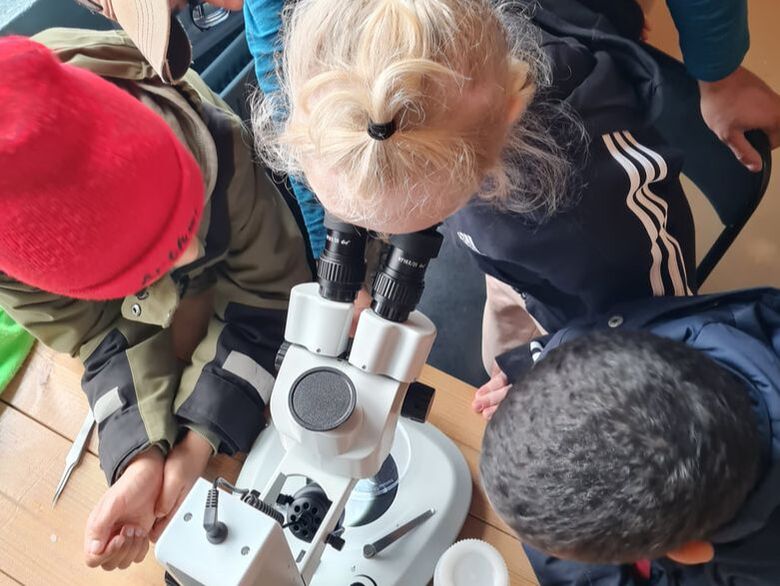
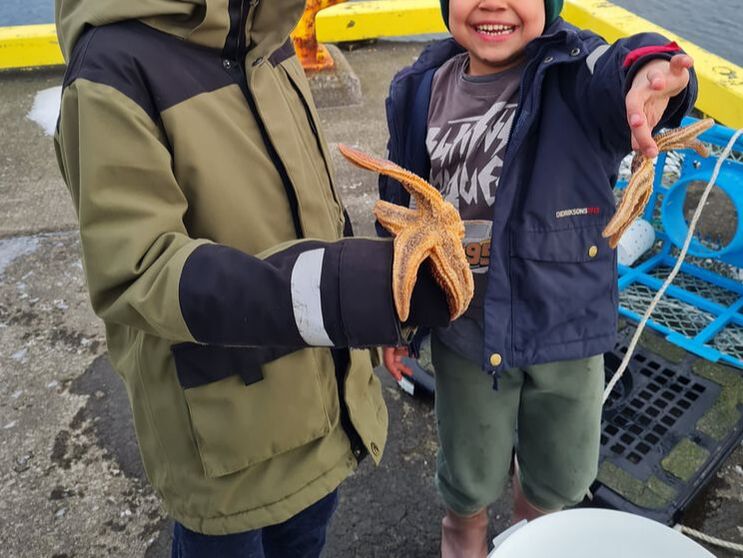
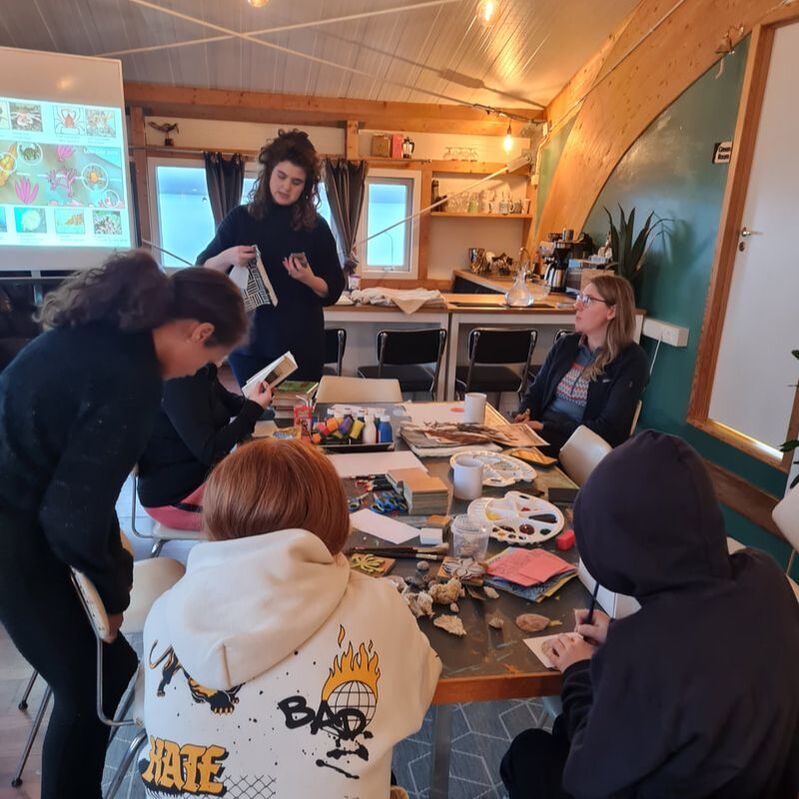
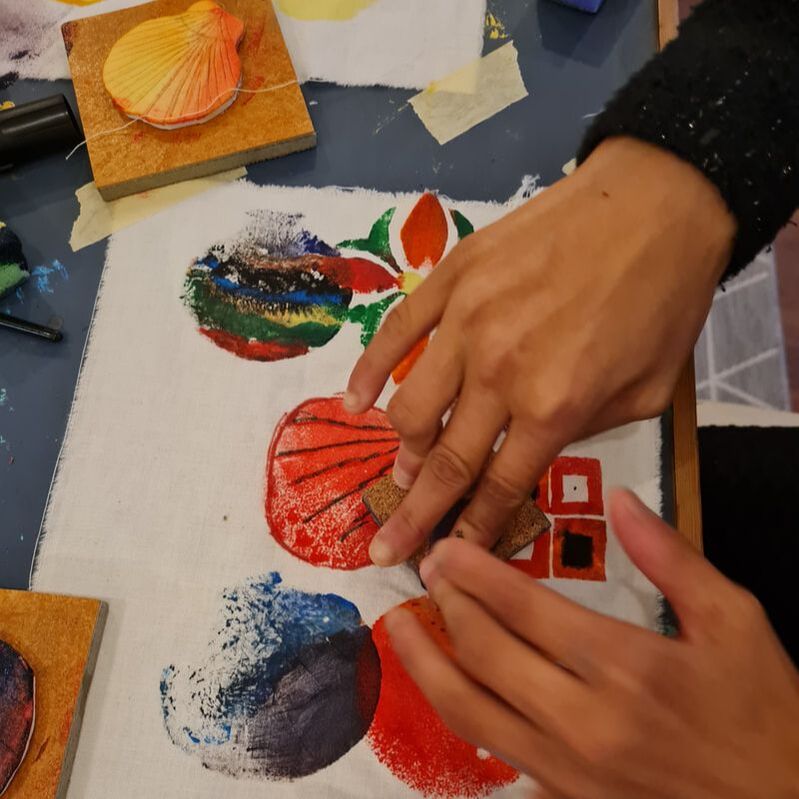
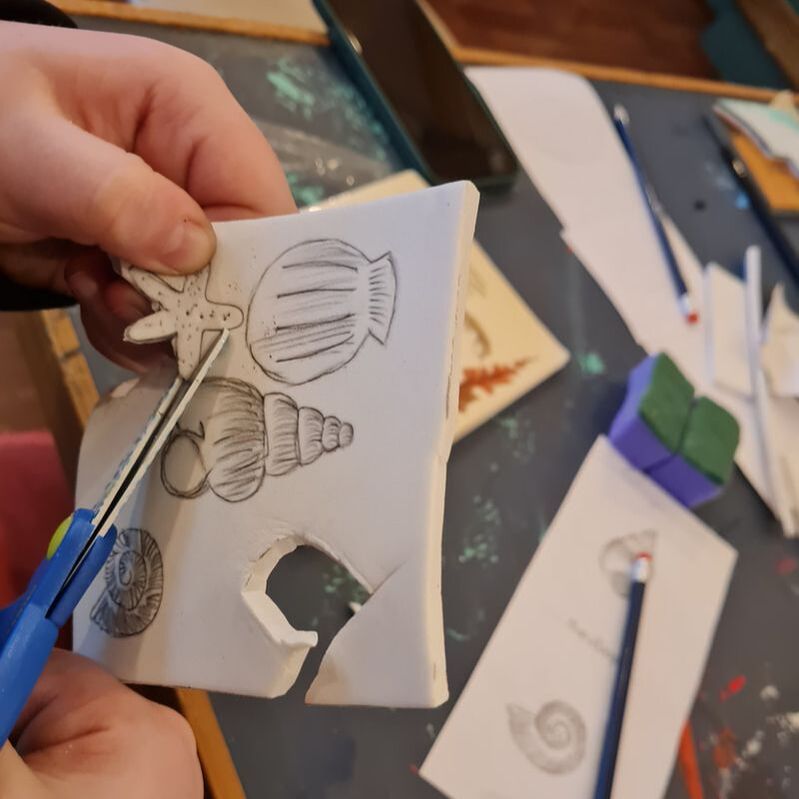
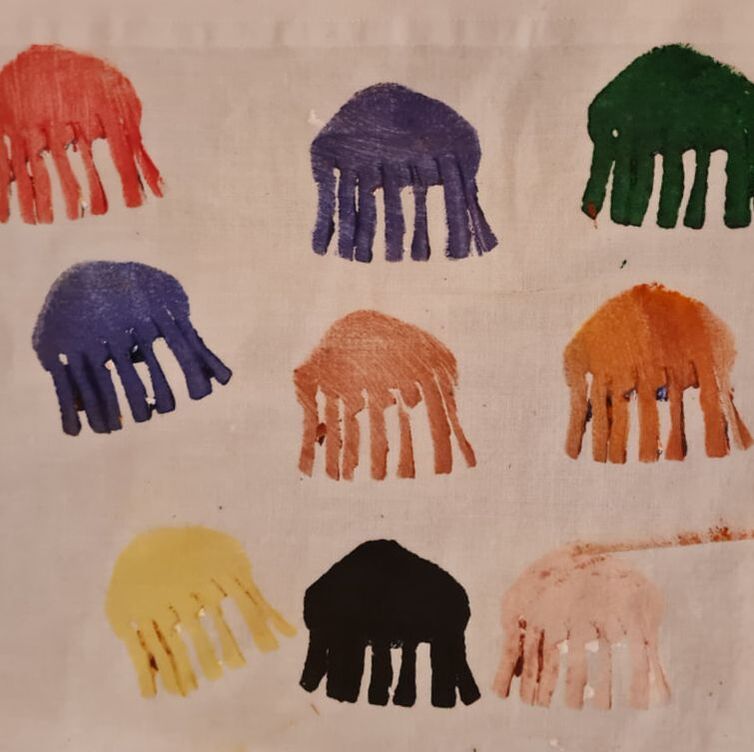
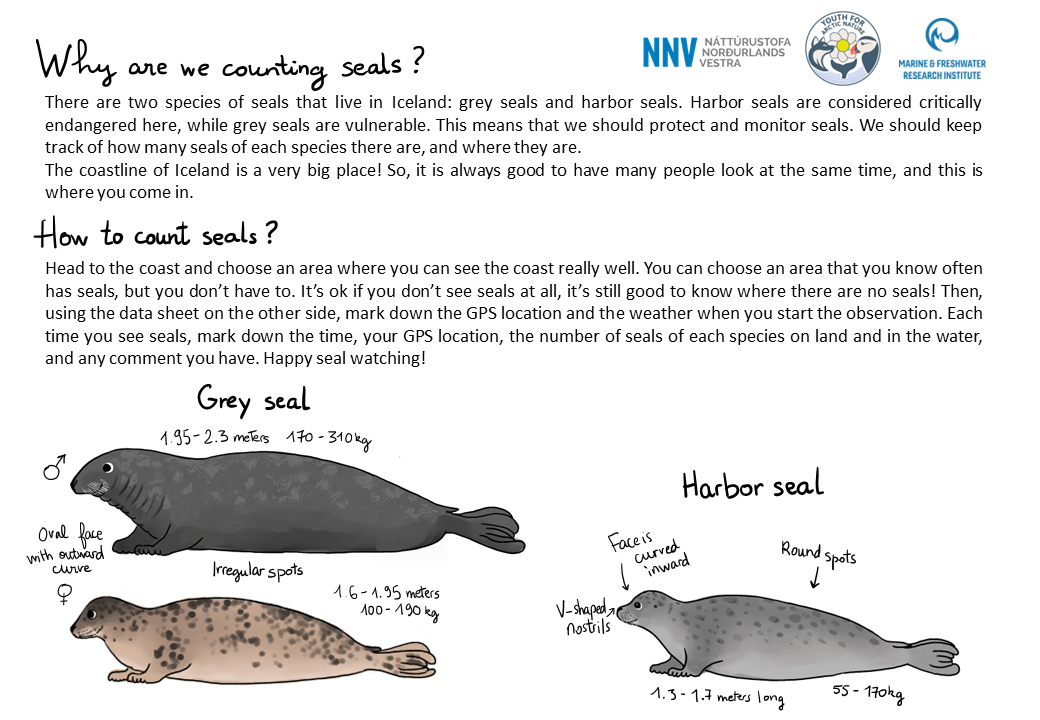
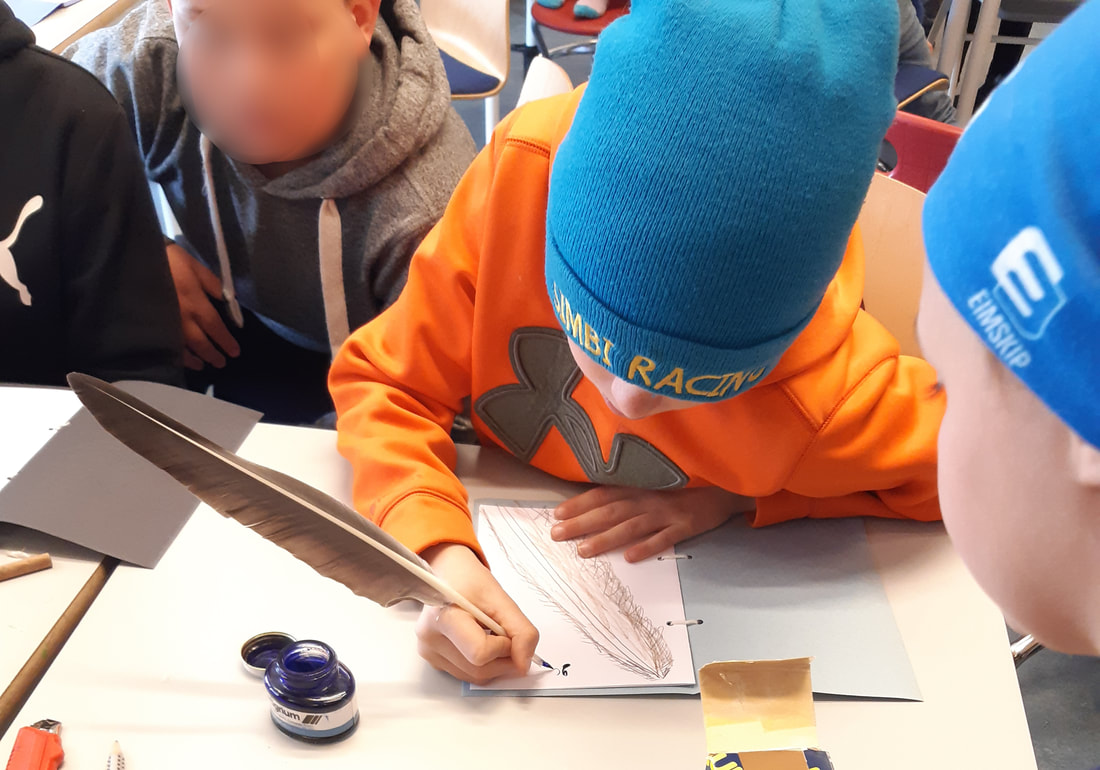
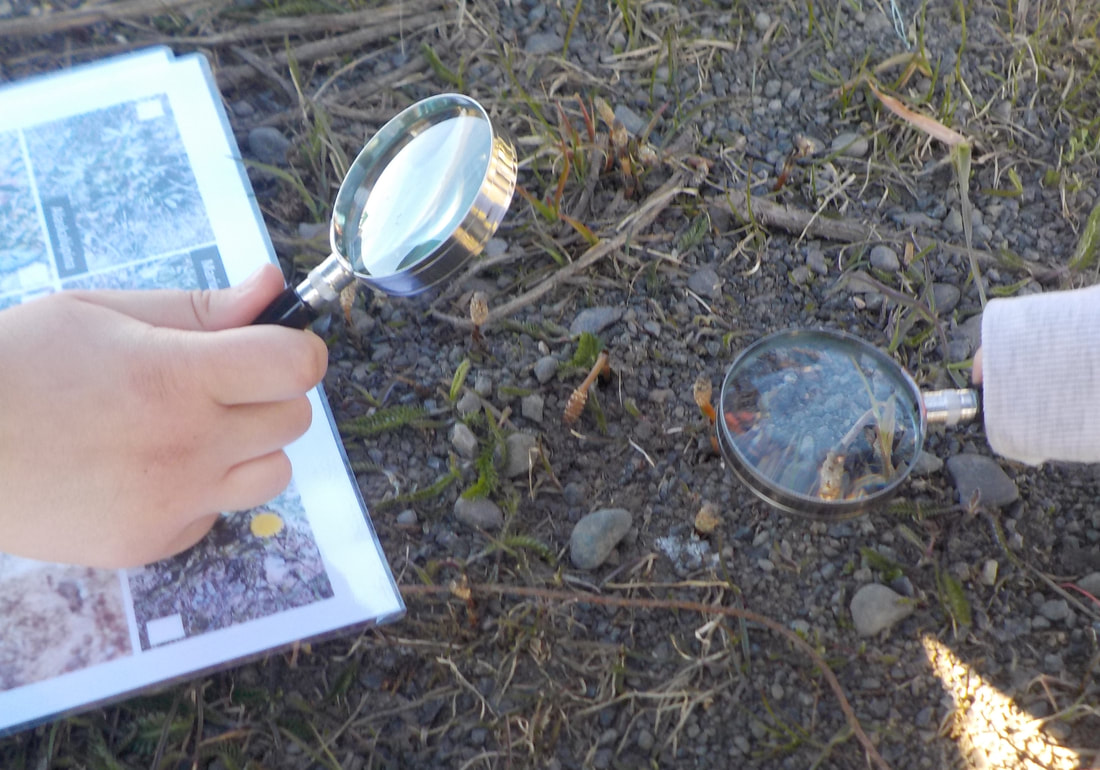
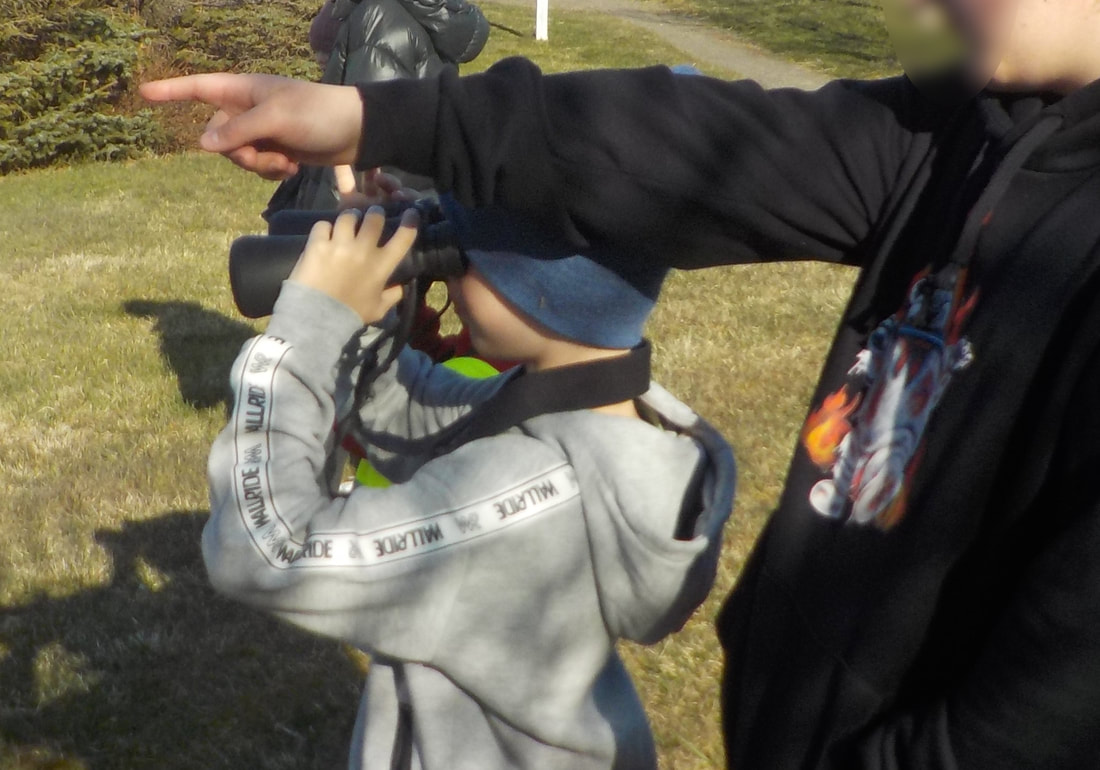
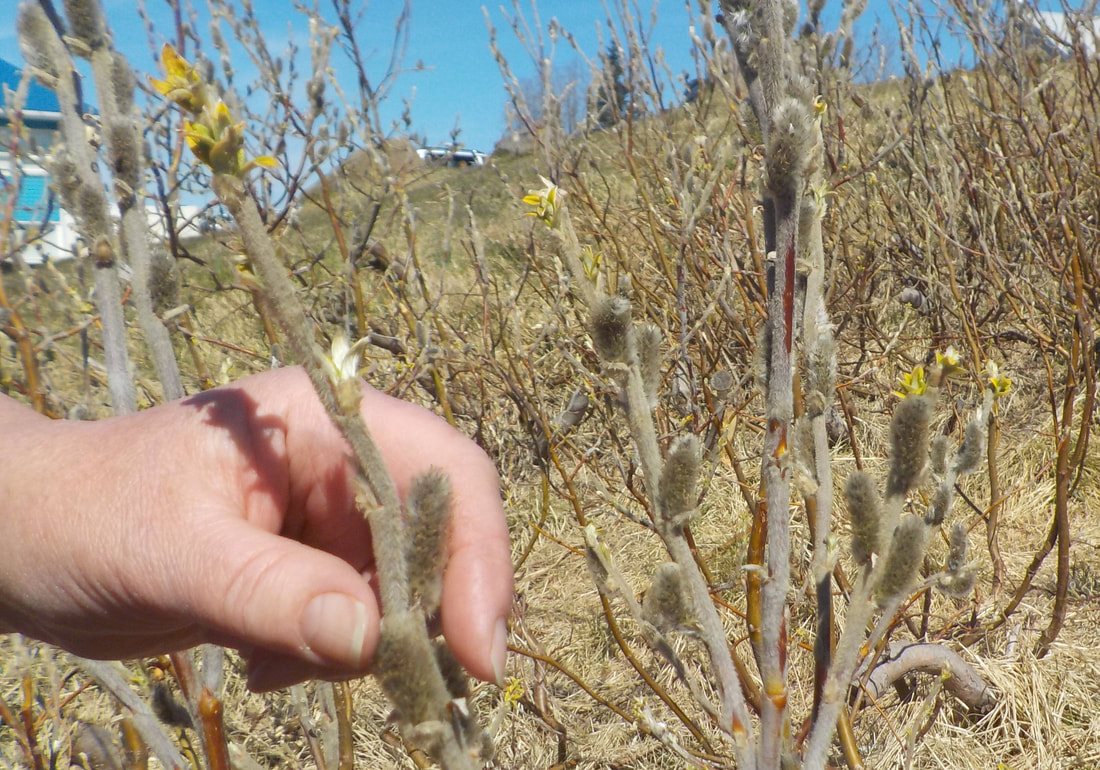
 RSS Feed
RSS Feed


